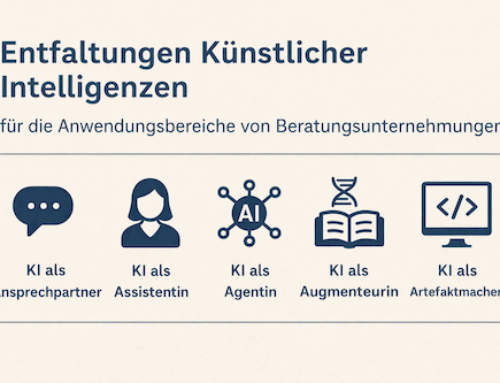Mediation in the healthcare sector
Mediation with doctors in the shuttle procedure
Co-authorship: Sabine Krause and Dr Sascha Weigel
Potential conflicts become a powder keg when fundamental values and economically significant goods are at stake: Life, health and property, each of which is dependent on personal and professional relationships, are at stake as rarely before. especially in the healthcare sector at the centre of communication and conflict.
The so-called hospital provides the breeding ground for a „particularly intensely experienced culture of conflict“.
Mediators and conflict managers are called in when, for example, the medical and nursing teams are at loggerheads and the increasingly business-orientated management is at the end of its tether.
For mediators working in the healthcare sector, it is often an advantage if they have sufficient Field experiences bring along.
Indicators of shuttle mediation
By the time a mediator is actually called, a lot has often happened in the hospital and between the parties to the conflict. The conflict stories seem endless, the intensity of the injuries sometimes excessive. Conflict counsellors can confidently work in the second third Glasl's tool for analysing the levels of conflict escalation begin to utilise.
Blockades and resistance to the necessities and changes, but also the apparent and sometimes existing senselessness, burden the everyday hospital life of the people involved. Once all the „waiting potential for conflict“ has unfolded, fundamental mistrust, concentrated anger and indefinable uncertainty quickly prevail among those involved.
Eye contact in meetings is often almost unbearable, the participants avoid each other, conversations turn into arenas of accusation or fail to take place at all. Yet open dialogue is so necessary! But the necessary degree of cooperation, which is so necessary for dialogue, is – by no means rare(!) – for everyone. Mediators come onto the scene in this mixed situation. Viewed by those affected on the one hand as a promise of improvement, and on the other as charlatans who can only put an end to the hustle and bustle by talking (or not talking!)? Even if this is a misunderstanding, it is a serious misunderstanding for external third parties.
It is therefore sometimes advisable to use the mediation procedure as a shuttle procedure.
Procedure and objectives of shuttle mediation
If satisfactory work results fail to materialise because the working relationship lacks cooperation and creativity and not because there is a lack of knowledge and ability in the matter, then mediation enables improvement. Because mediation is a process-orientated conflict resolution procedure, which thematises the way in which cooperation takes place and thus focuses on the people involved in their interaction.
Mediation steers the culture of interaction.
Leading the joint working relationship through a crisis and finding a Satisfactory ability to work This is not only the aim of mediation, but also generally affects the interests of those involved, including the organisation. This enables future difficult situations to be mastered and everyday working life to be relieved. Expected core areas that support such a behaviour-oriented change in communication and cooperation skills are
- Conflict management through mediation and transformation
- Communication and interaction
- Self-perception and external perception
- Ability to change perspectives
Procedure and contents of the shuttle process
Shuttle mediation provides a particularly protected framework in escalated situations because communication takes place via the mediator.
In Individual meetings with the external mediator the contentious issues are recorded, collated and then communicated in depth, transformed in their personal and social context, negotiated together and agreed anew. There is also a team-orientated reflection on the clarification process.
In shuttle mediation, there is therefore no dialogue with all parties at one table from the outset (and sometimes not at all). Instead, the mediator shuttles back and forth (like a shuttle) between the parties involved. This has its advantages and disadvantages for the clarification and de-escalation process. In any case, shuttle mediation should be considered for mediations in hospitals in order to enable joint discussions in the first place.
Even if the procedure, design and number of hours may vary depending on the mediation case, the following procedure has proven to be successful:
- Shuttle: Introduction and collection of topics
- Shuttle: Documentation and mediation
- Shuttle: Transformation and negotiation
- Shuttle: Reflection and optimisation

Results and special features
The special features of this procedure are, on the one hand, the complex preparation before the respective shuttle rounds and on the other hand in the professional role clarification of the mediators in the respective shuttle rounds. The shuttle procedure requires More written votes and forwarding of information than in traditional mediation processes because all participants never sit at the same table at the same time. Furthermore, the mediators need a clear clarification of roles in the shuttle rounds in order to be able to Boundary to coaching to be maintained. It is not uncommon for good mediation in the shuttle process to lead to the cooperative changes in behaviour being implemented directly and experienced as natural and sustainable, so that even a round of talks can be omitted.





Leave A Comment